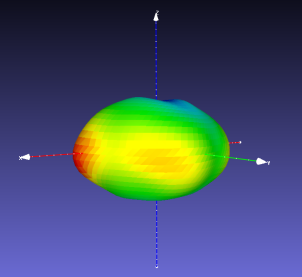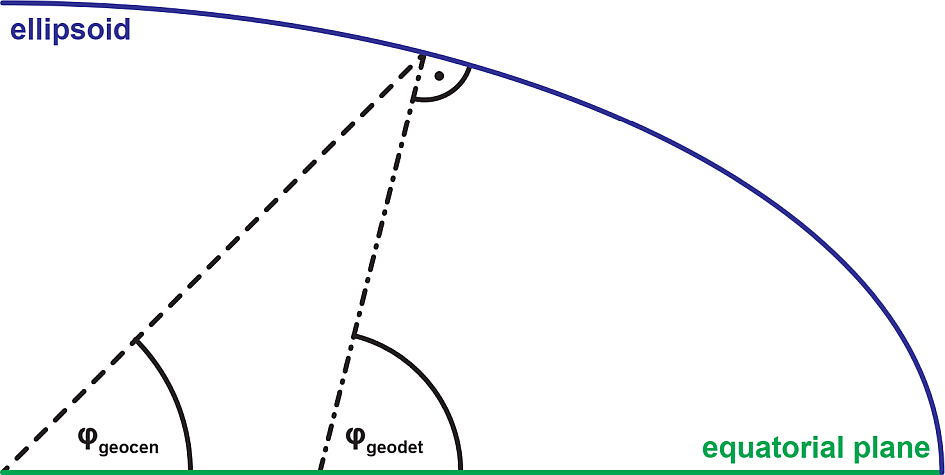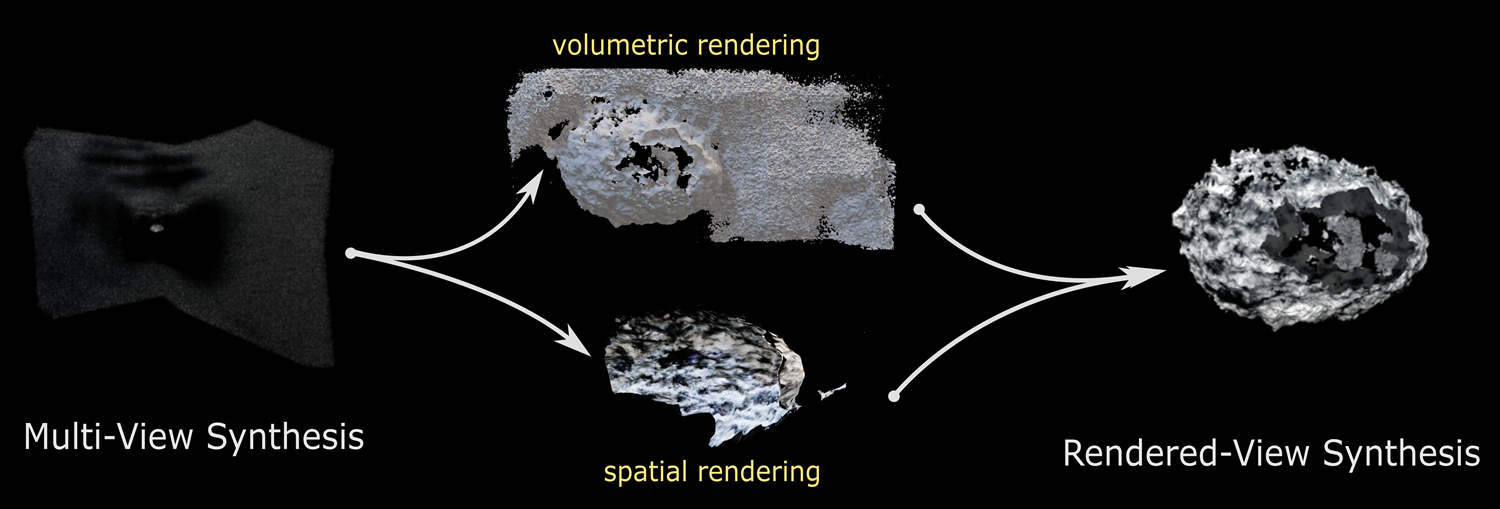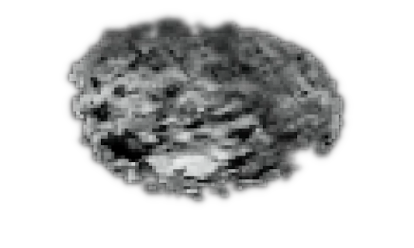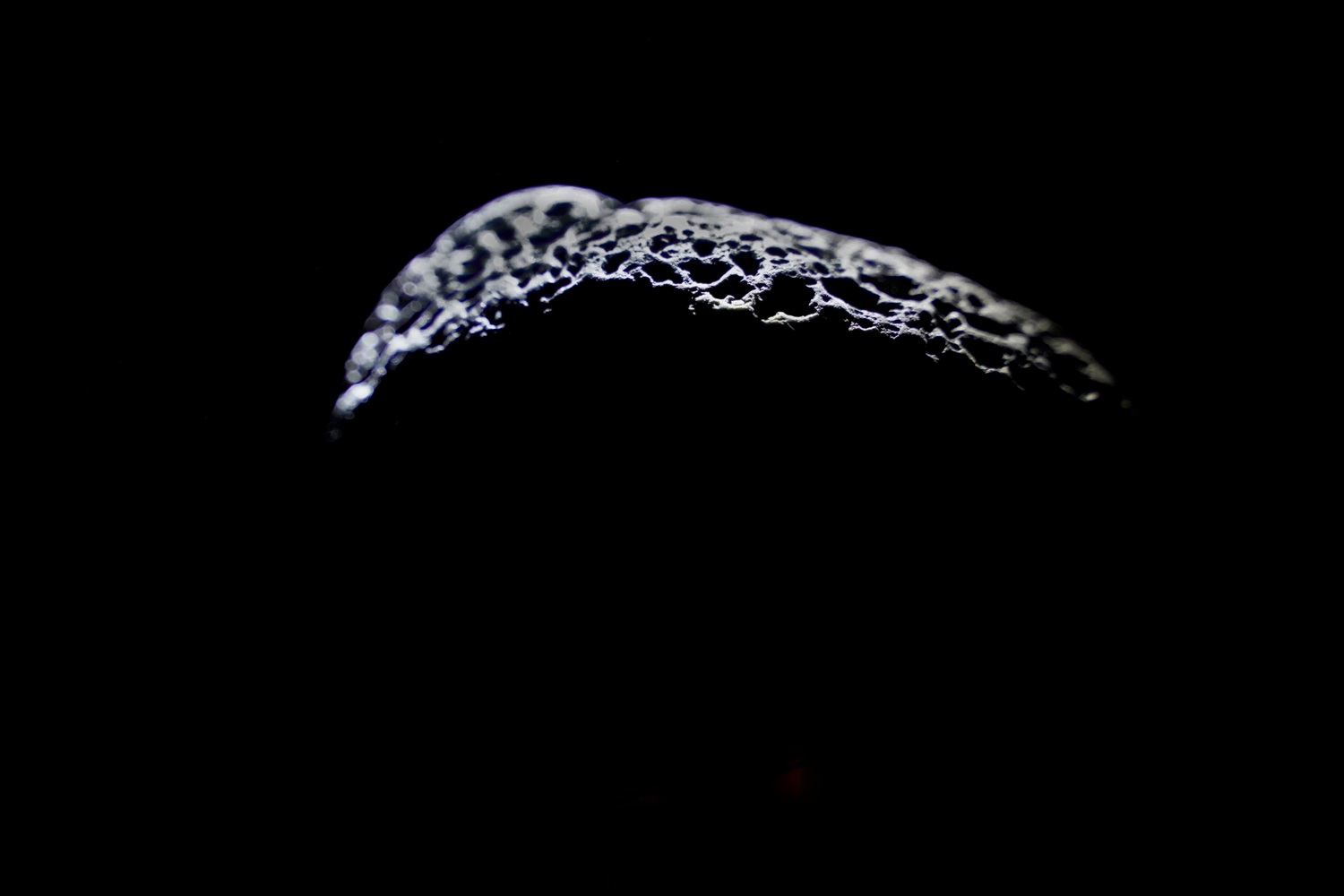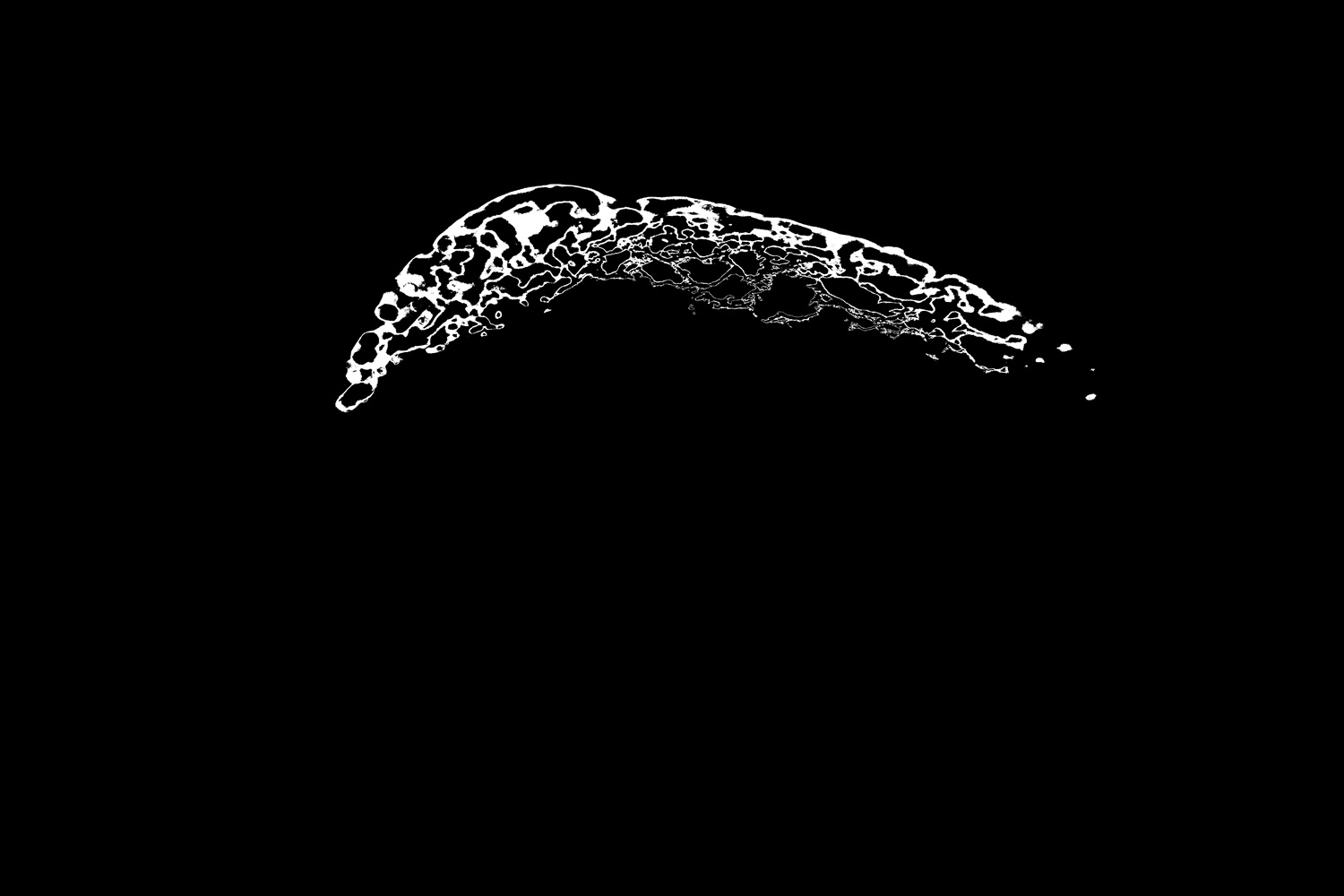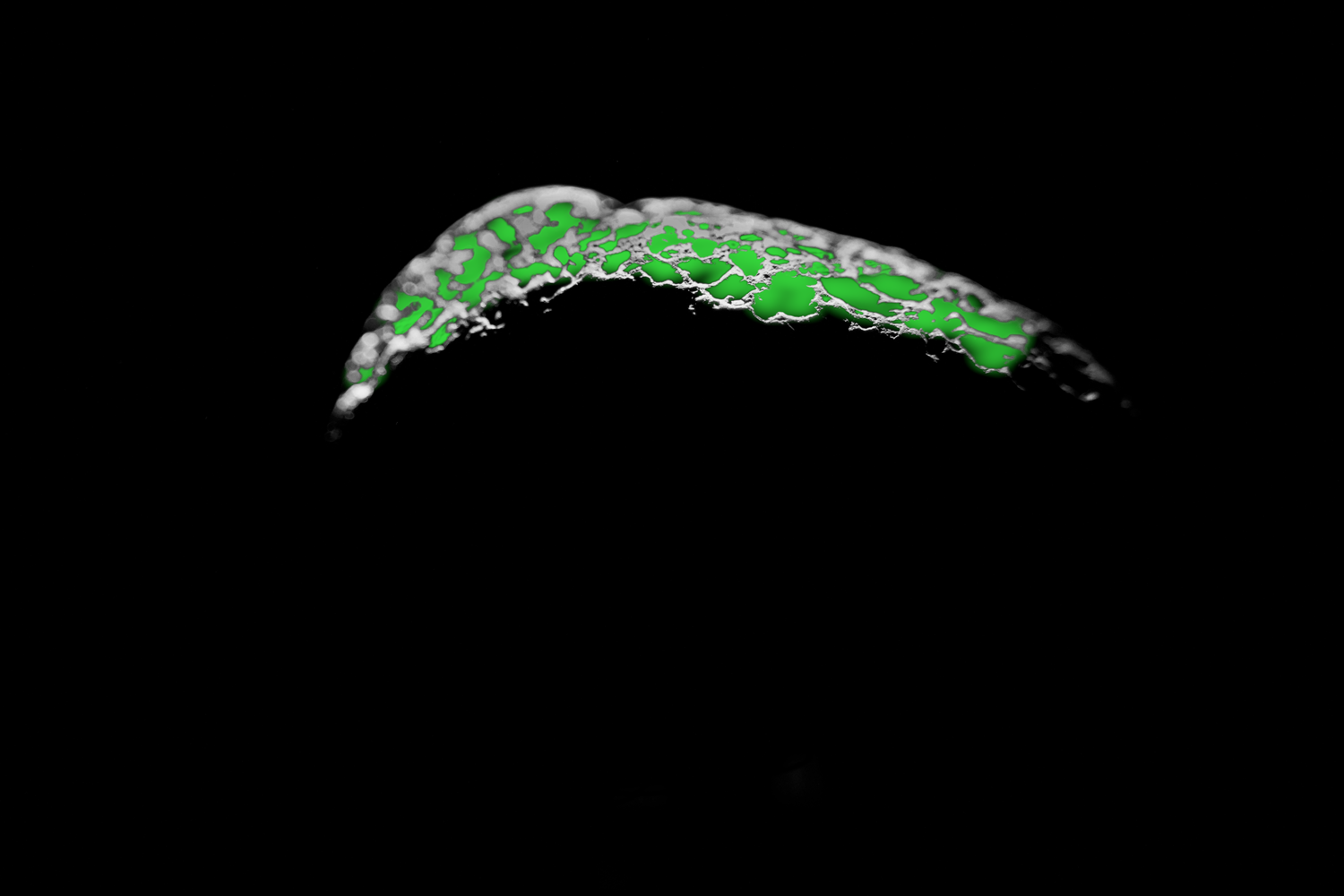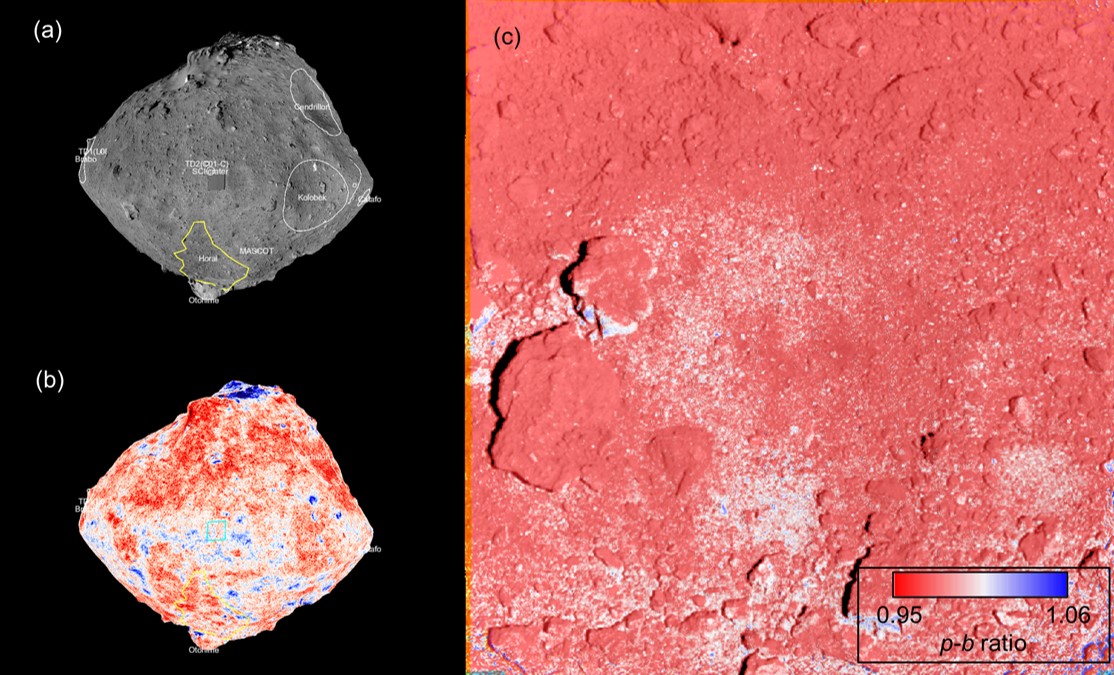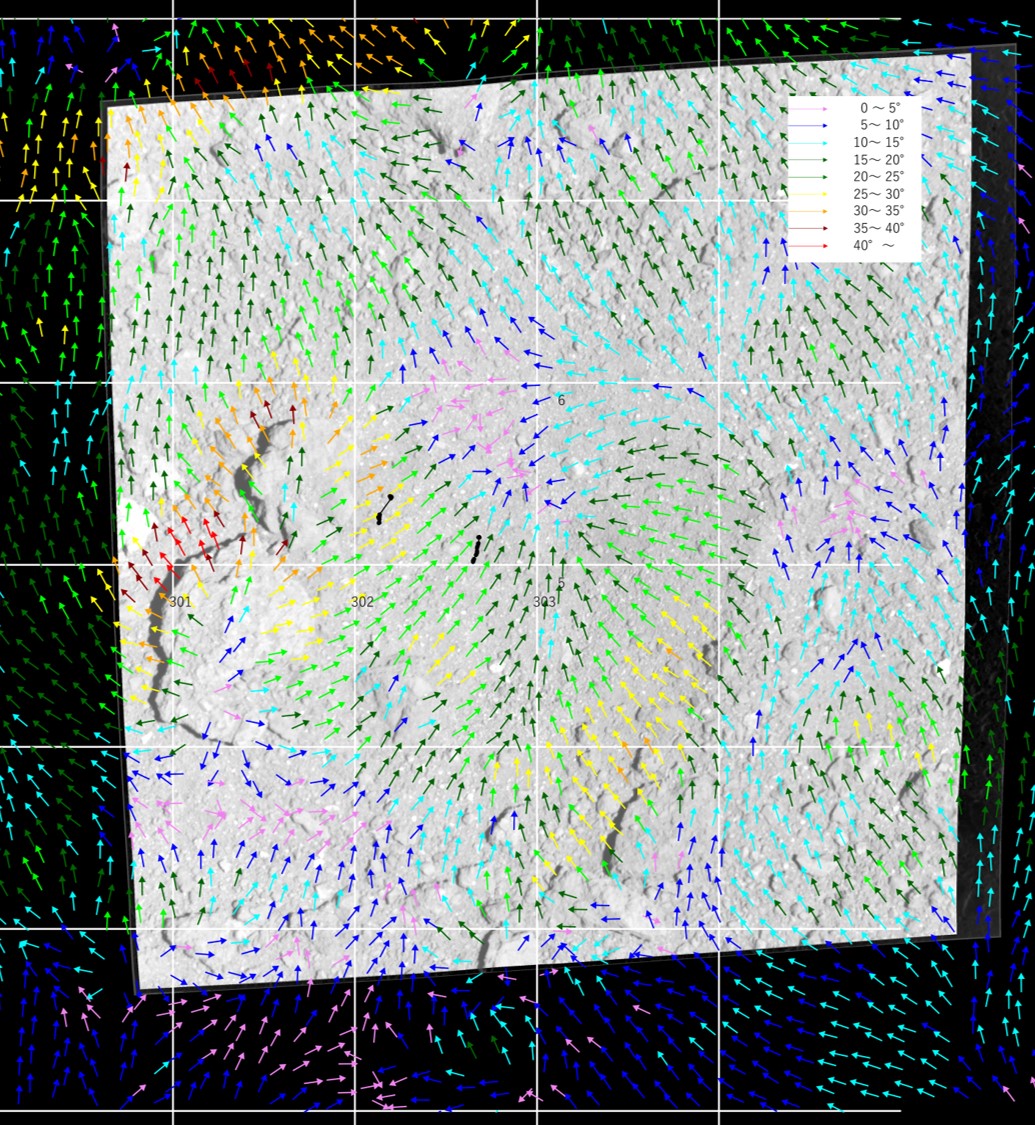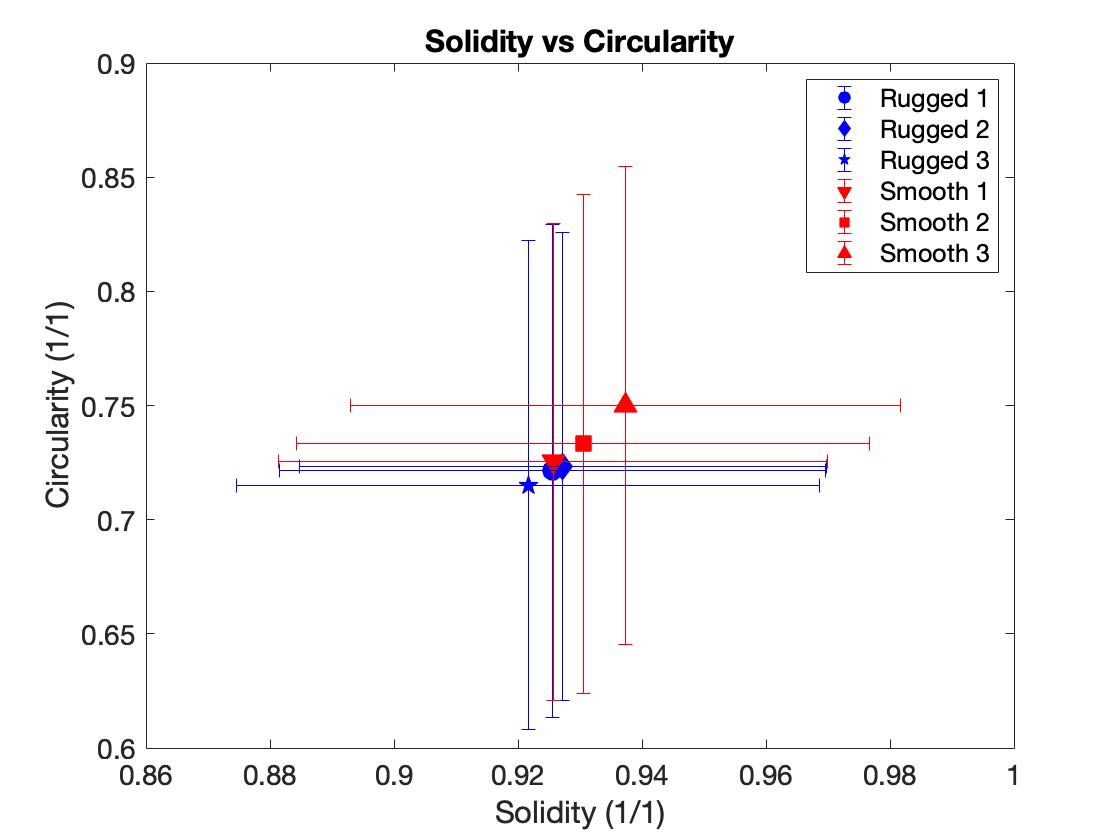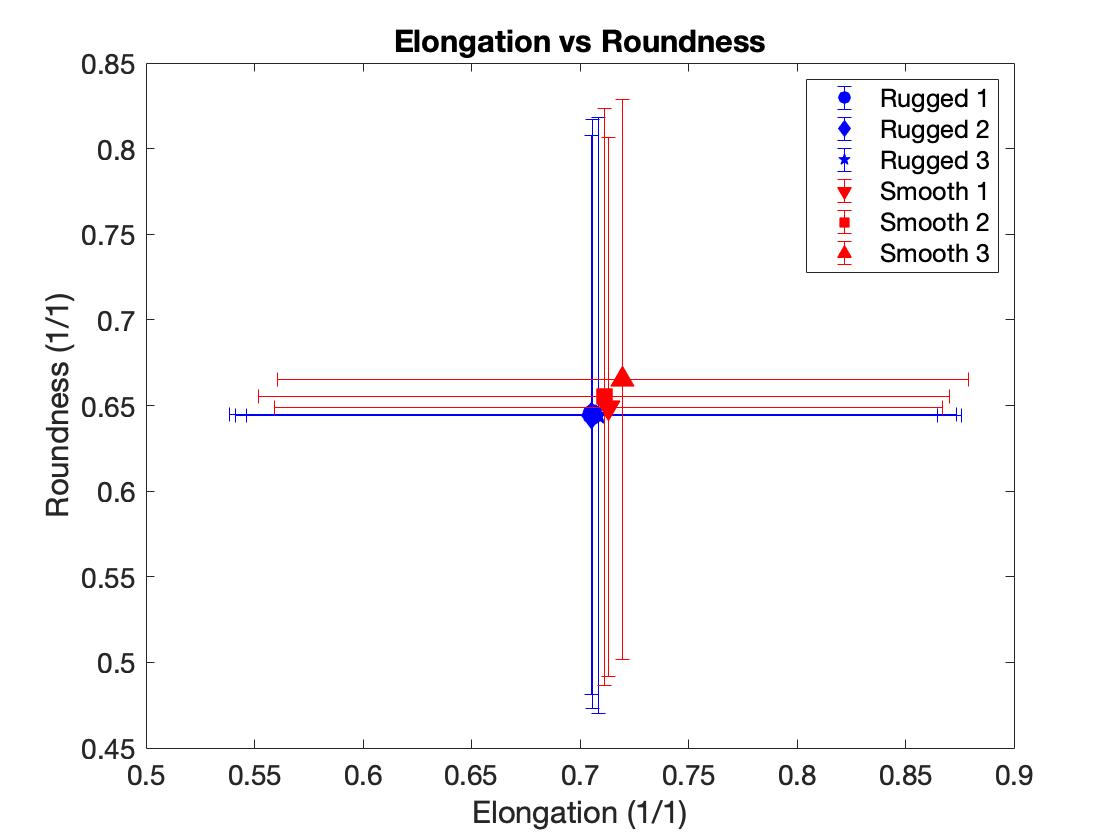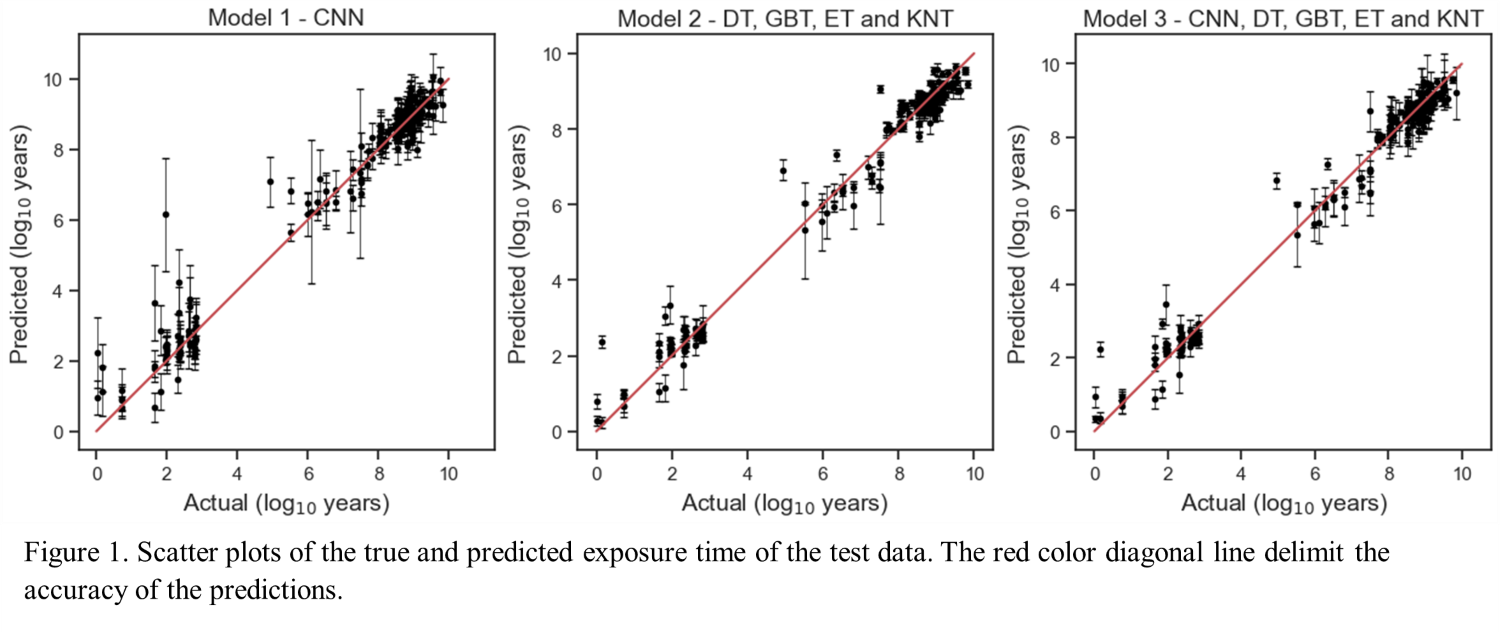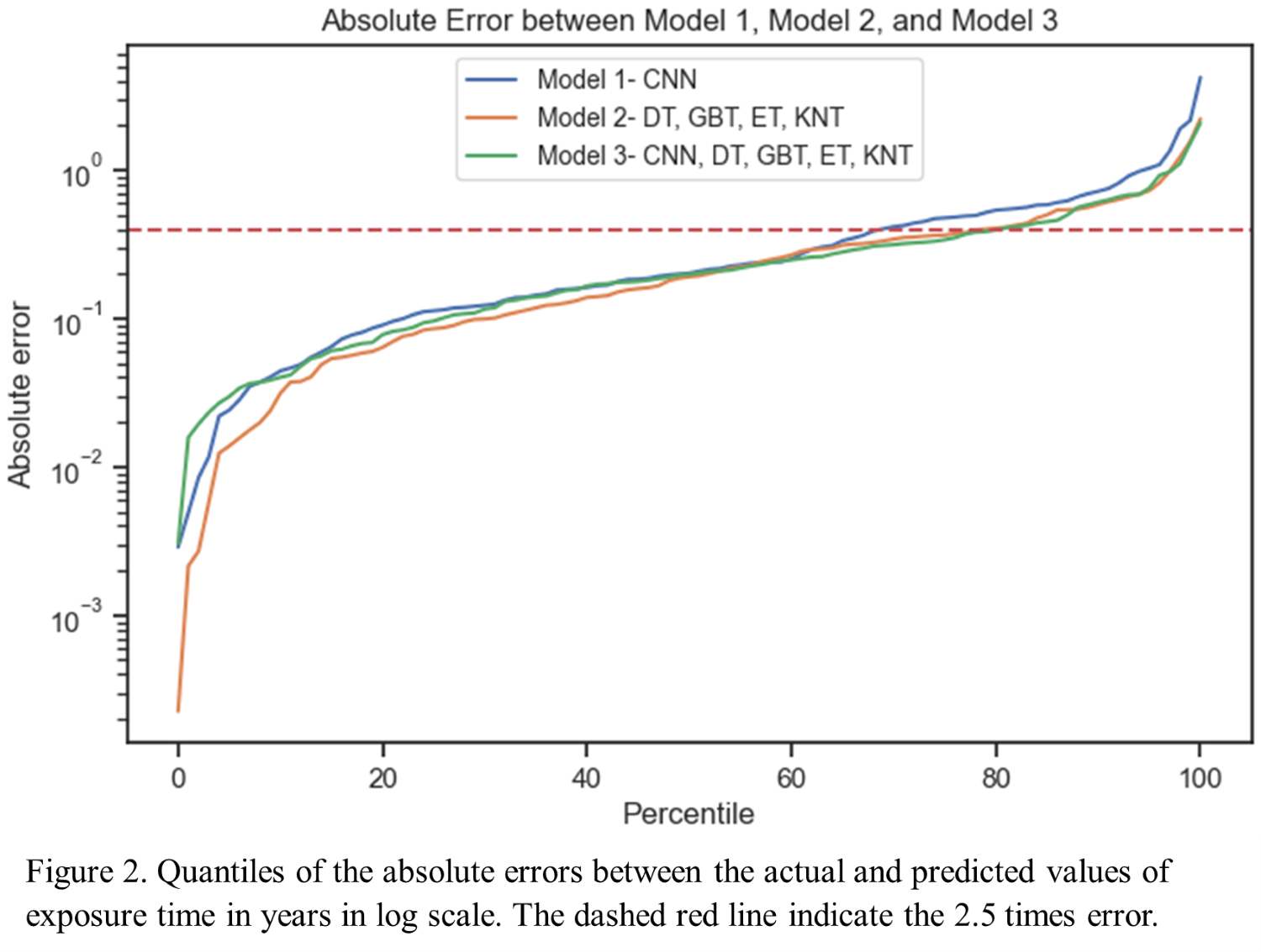SB3
Small Body Surfaces: Windows into Geological Space and Time
By analyzing and interpreting these datasets in terms of small body surface geology, geomorphology, composition, and other physical parameters, we can learn about the development of their regoliths and the nature of their (sub-)surface materials, such as volatile contents or internal structure. Impact cratering, mass wasting, volatile outgassing, and other events can transport subsurface materials onto the surface and enable us to indirectly access subsurface materials and conditions.
This session invites presentations of small body surface-related research, including but not limited to geological and geomorphological observations, spectral analyses, mappings, models as well as statistics and their combined interpretations. We furthermore support comparative analyses between planet or moon surfaces and small body surfaces. Welcome are both data of past and ongoing space missions.
Session assets
08:30–08:40
|
EPSC2024-577
|
Virtual presentation
08:40–08:50
|
EPSC2024-379
|
On-site presentation
08:50–09:00
|
EPSC2024-418
|
On-site presentation
09:00–09:10
|
EPSC2024-821
|
ECP
|
On-site presentation
09:10–09:15
Q&A #1
09:15–09:25
|
EPSC2024-963
|
On-site presentation
09:25–09:35
|
EPSC2024-1066
|
On-site presentation
09:35–09:45
|
EPSC2024-292
|
ECP
|
On-site presentation
09:45–09:55
|
EPSC2024-116
|
On-site presentation
09:55–10:00
Q&A #2
I1
|
EPSC2024-402
|
On-site presentation
I2
|
EPSC2024-385
|
On-site presentation
I3
|
EPSC2024-420
|
On-site presentation
Using “synthetic” sloan values of meteorites in support of multiband photometry data on Atira surface
(withdrawn)
I4
|
EPSC2024-617
|
ECP
|
On-site presentation
I7
|
EPSC2024-566
|
ECP
|
On-site presentation
I8
|
EPSC2024-448
|
On-site presentation
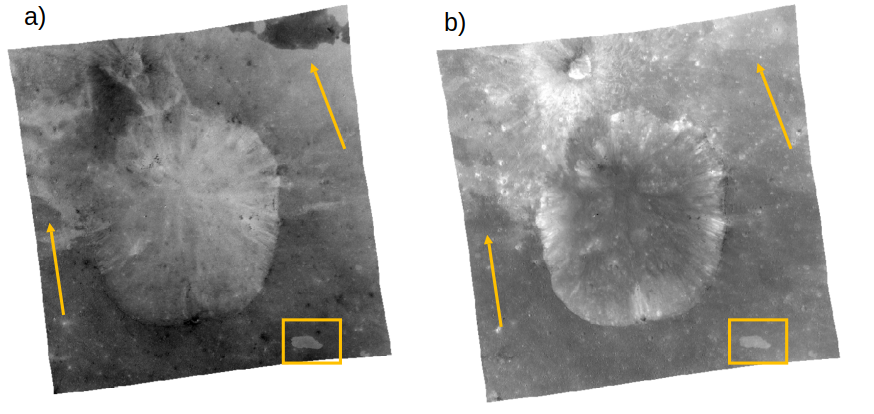
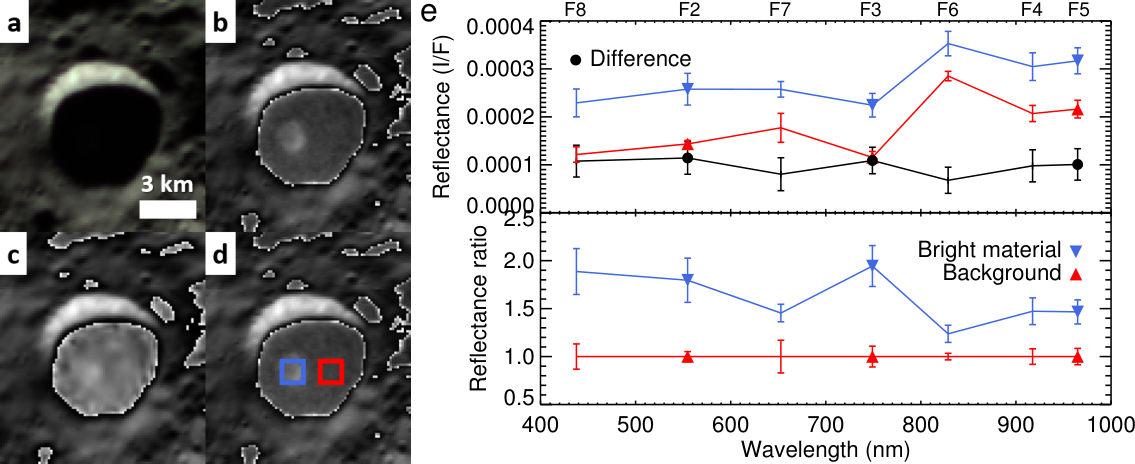
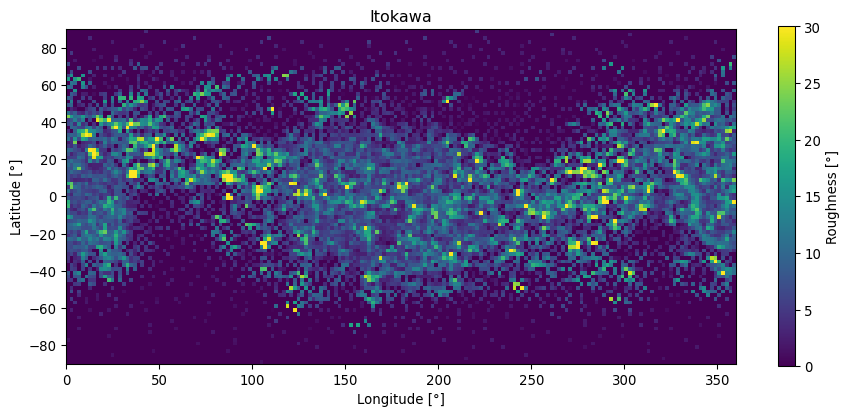

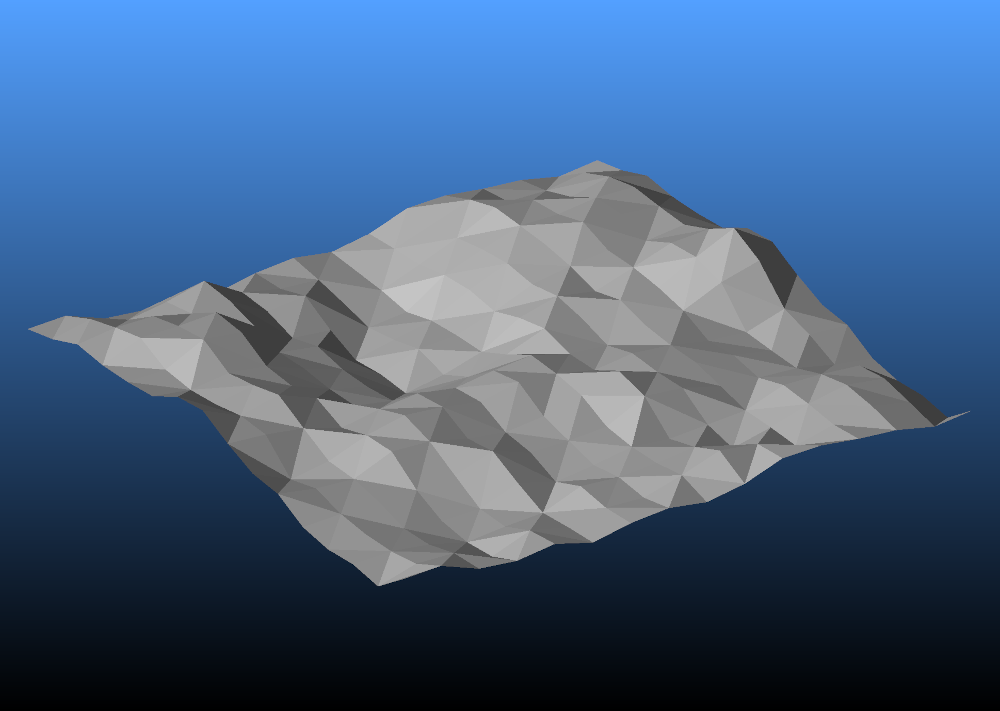
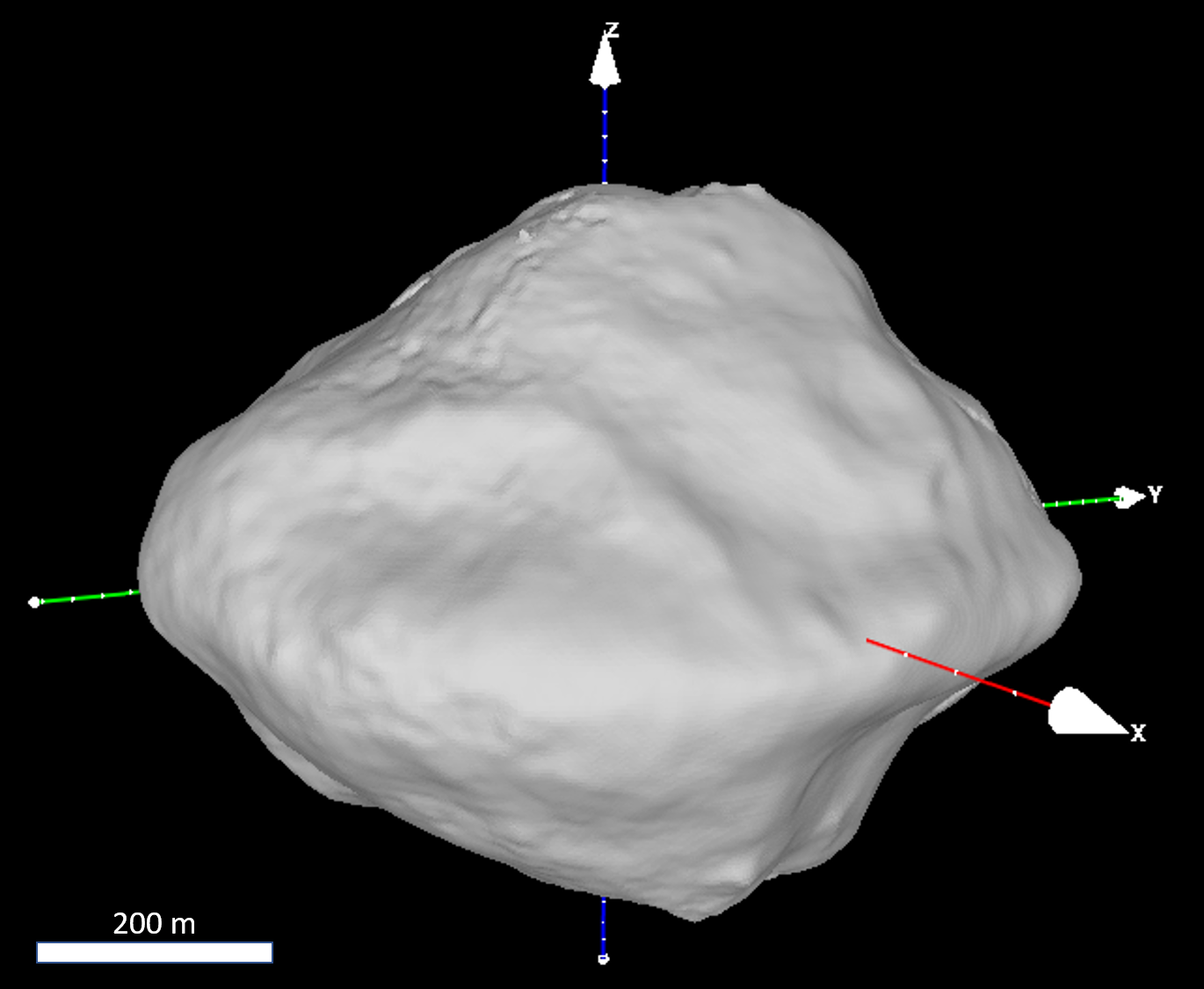
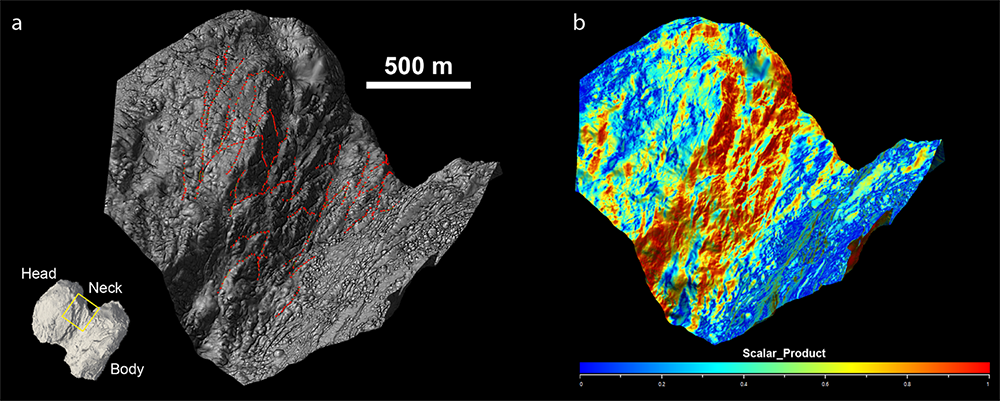
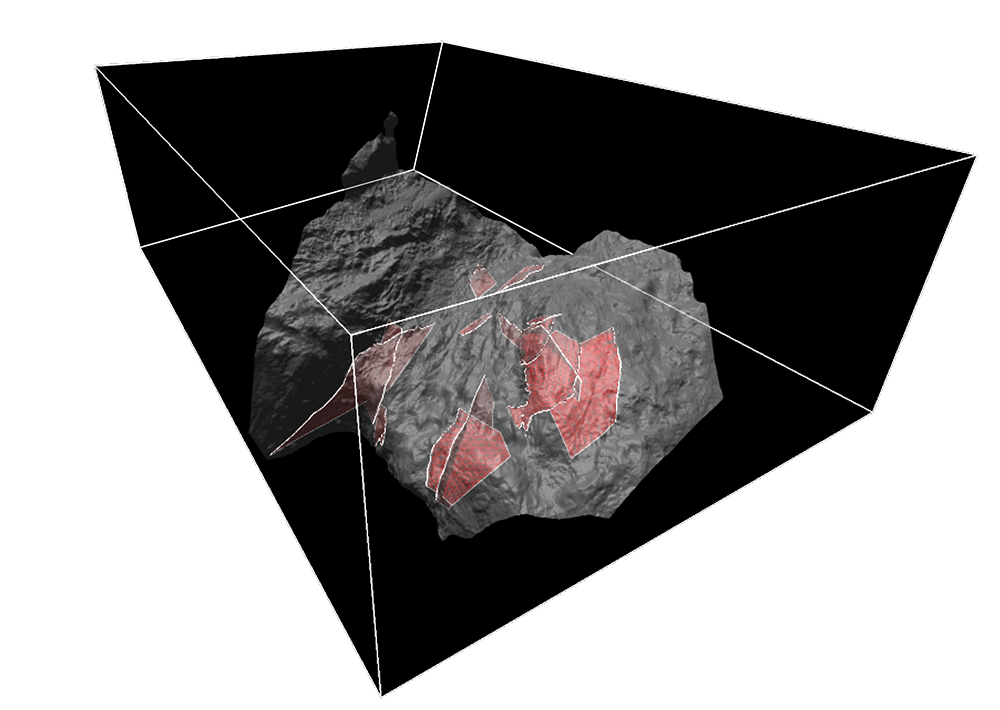
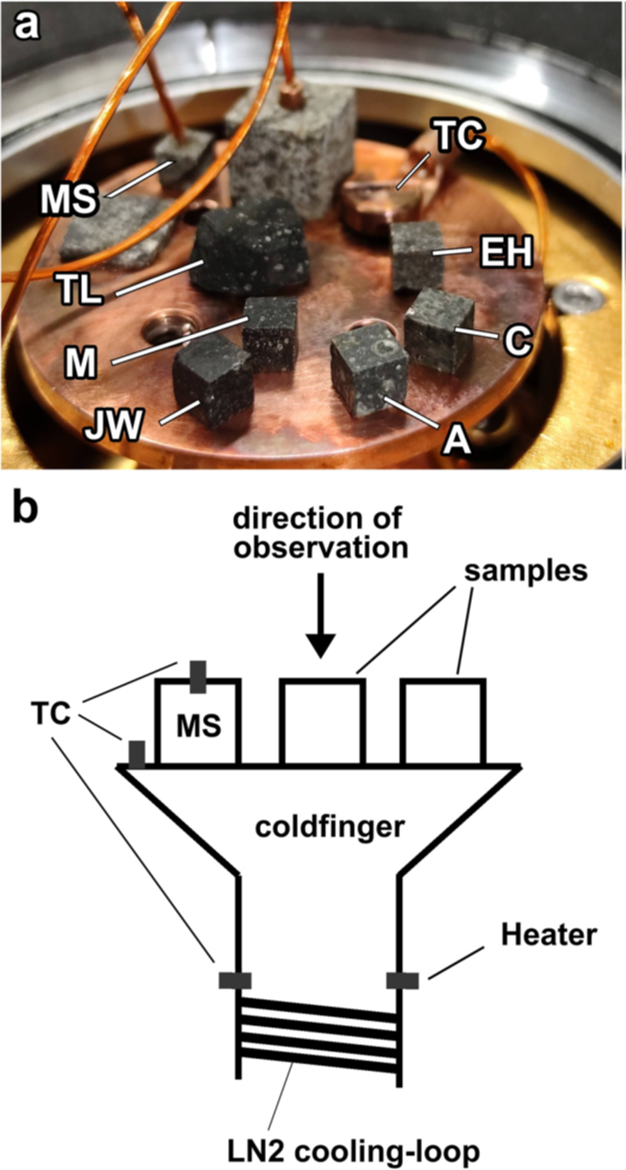
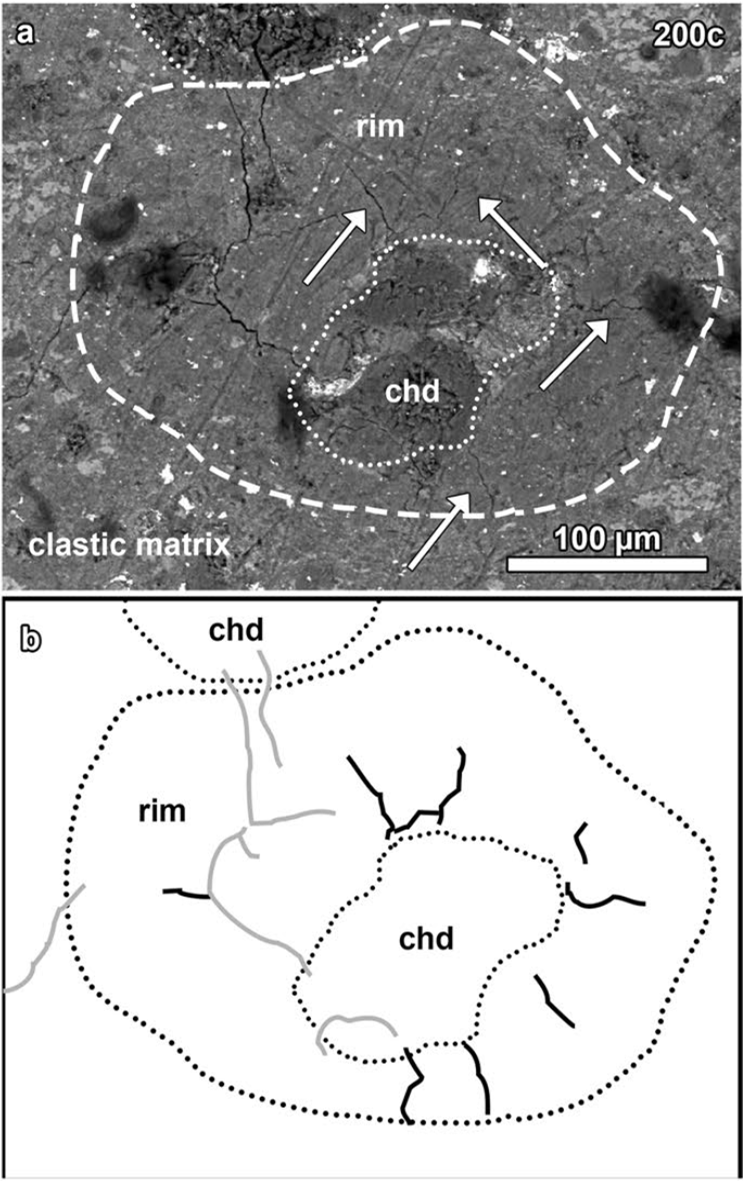
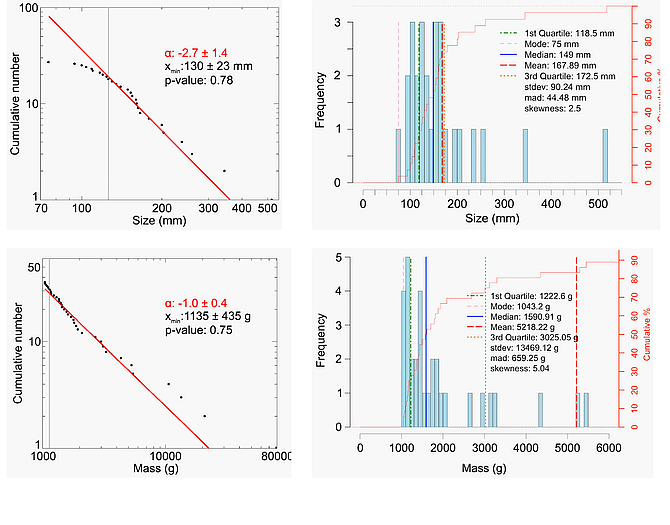
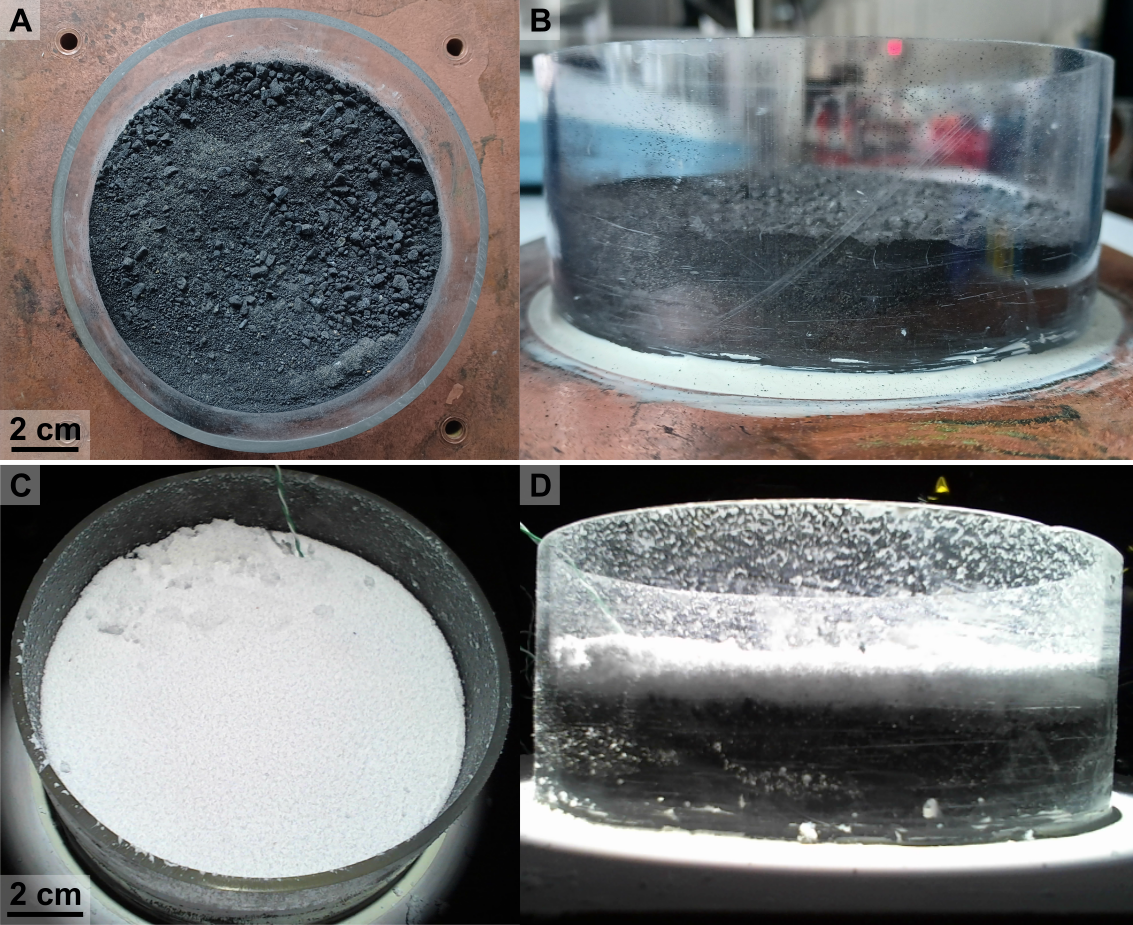 Fig. 1: Panels A, B show the top and side view of prepared Ceres analogue material in a transparent sample container with a diameter of 13 cm. Panels C, D present views of a sample in the sublimation chamber during the experiment. The scenario depicts a cover of salty ice particles that have fallen back onto the surface.
Fig. 1: Panels A, B show the top and side view of prepared Ceres analogue material in a transparent sample container with a diameter of 13 cm. Panels C, D present views of a sample in the sublimation chamber during the experiment. The scenario depicts a cover of salty ice particles that have fallen back onto the surface.